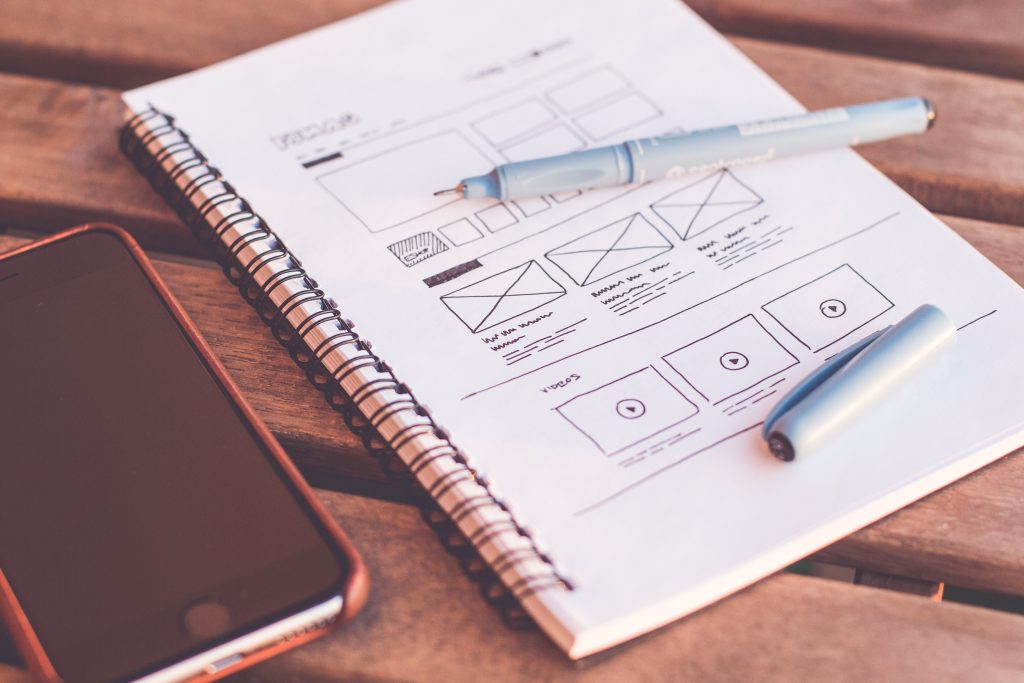
Do you want to create beautiful material dividers without spending too much time learning new design tools? These Flutter Material Dividers let you easily divide your screen into three areas. This blog is all about how to use dividers in Flutter.
Material Design is Google’s official UI style guide that encourages a minimalist approach. It has become very popular among designers because it makes creating apps easier. Material Design Lite, the most recent version, is based on the principles of Progressive Web Apps (PWA), which implies that these styles are device-independent.
Flutter is the hottest mobile development framework since React Native. In addition to supporting Android and iOS, it allows developers to build cross-platform apps using one code base and one SDK. Flutter is also available on additional platforms, including web, tvOS, and macOS.
In summary, A divider is a thin line that groups content in lists and layouts. Dividers separate content into clear groups.
Dividers In Flutter Usage
Furthermore, dividers in a layout should be visible but not distracting. Dividers should be used only when elements cannot be separated with white space. It can also be used sparingly to establish groupings rather than separate objects.
Dividers In Flutter Types
Accordingly, full-bleed dividers divide material into parts and run the length of a layout. Secondly, inset dividers segregate similar information and are anchored by elements that match the app bar title. Next, middle dividers space related content and are centered in a layout or list. Last but not least, a vertical divider offers the same parameters as the regular divider, but instead the divider is vertical.
- Full-bleed dividers – separate content into sections and span the entire length of a layout.
- Inset dividers – anchored by elements that match the app bar title to segregate similar information.
- Middle dividers – if it is a centered in a layout or list and space related content.
- Dividers with subheader – can be paired with subheaders to help define content groupings.
Dividers In Flutter Key Properties
- Color – Within the
Dividerwidget use the color parameter - Space – Within the
Dividerwidget use the height parameter. Within theVerticalDividerwidget use the width parameter. - Indent – Within the Divider widget use the indent parameter.
- End Indent – Within the Divider widget use the endIndent parameter.
- Thickness – Within the Divider widget use the thickness parameter.
Source Codes:
Inset Divider
Divider(indent: 16),
Container(
padding: EdgeInsets.only(left: 16),
child: Align(
alignment: Alignment.centerLeft,
child: Text(
'Subheader',
style: Theme.of(context).textTheme.bodyText2.copyWith(
fontSize: 12.0,
color: Theme.of(context).textTheme.caption.color),
textAlign: TextAlign.start,
),
),
),Middle dividers
Divider(
indent: 16,
endIndent: 16,
)Vertical Dividers
VerticalDivider()Conclusion
Accordingly, full-bleed dividers divide material into parts and run the length of a layout. Last but not least, a vertical divider offers the same parameters as the regular divider, but instead the divider is vertical.
In conclusion, you’ve learned that full-bleed dividers divide material into parts and run the length of a layout. Middle dividers separate related content and are located in the center of a layout or list. Last but not least, a vertical divider offers the same parameters as the regular divider, but instead the divider is vertical. To that end, if you find this blog useful, share it with your family and friends, just like I found this blog about “should you shut down or leave your device open most of the time” that I also want to share. Thank you for reading.
